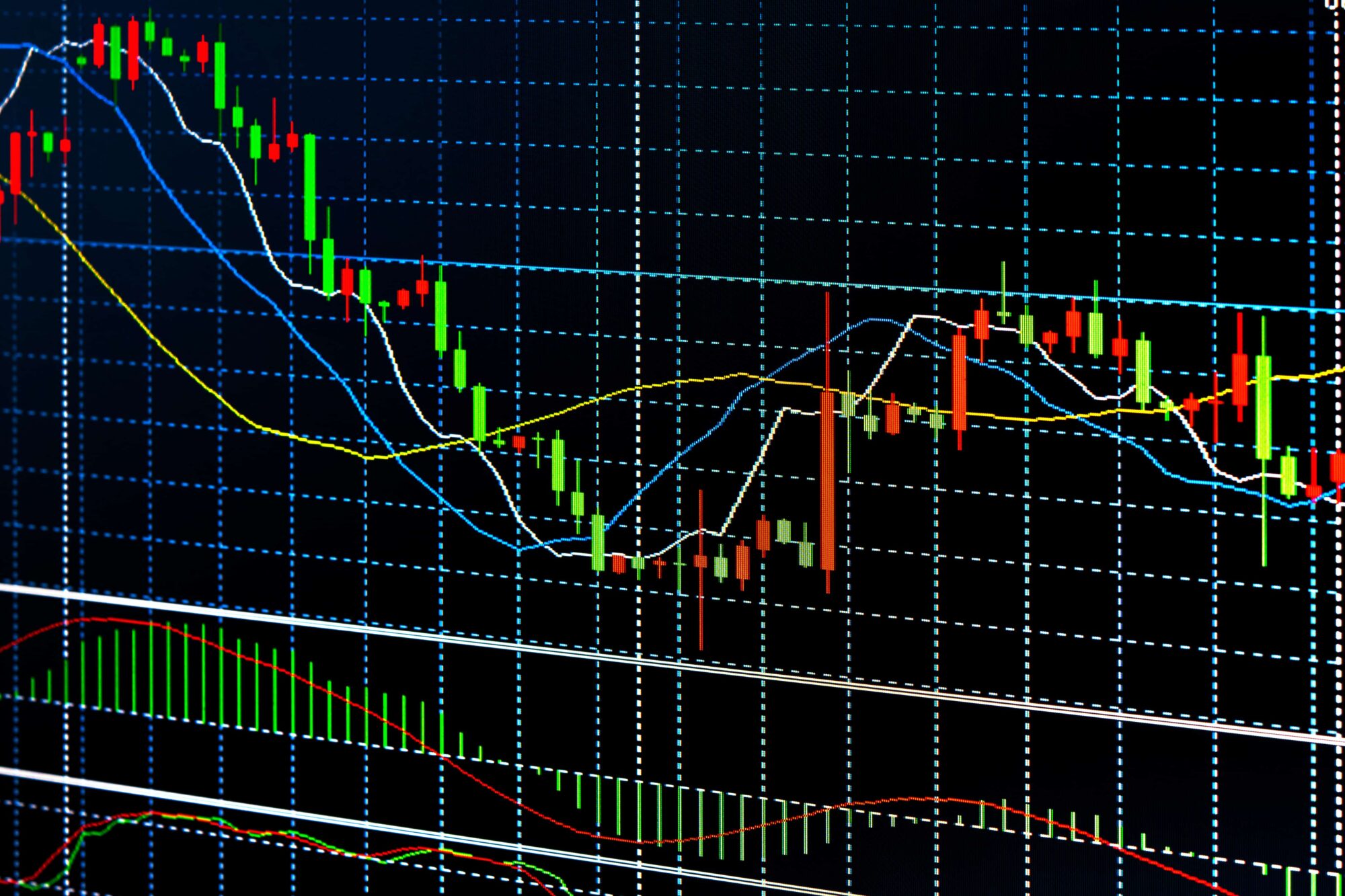
The purple line is the 50 SMA (faster) and the gray line is the 200 SMA (slower). Here's a chart of the S&P 500, showing the Death Cross that occurred in March. This method usually utilizes the SMA, but the concept is exactly the same. EMA Crossover StrategyĪ well-known moving average trading strategy is to trade when a faster moving average crosses over a slower moving average.įor example, the Golden Cross and Death Cross are often mentioned in the mainstream finance media. I'll also show you the backtesting results from using these settings. Obviously, there are many potential settings that you can use.īut let's take a look at an actual trading strategy and the settings that are commonly used with this strategy. Traders use variations of the settings, depending on the type of market they are looking for and what their backtesting has shown to work. If you want to trade shorter term trend, or you want to place trades in fast moving markets, use a lower EMA setting. So if you want to capture long term trends, use a higher EMA setting. The 20 EMA on this RIVN chart shows that the short-term trend is up. This is what the 20 EMA looks like on a chart. Something like a 200 EMA is a common setting that traders use to identify a long term trend.Īs you can see, the 200 EMA smooths out the downtrend and allows us to see that the long-term trend is down.įor a short-term trend, you'll use a lower EMA setting. If you want to find longer term trends, you'll include more candles in the moving average. The setting you use will depend on the length of the trend you want to identify.

This is an example of a countertrend EMA strategy. Notice that when RSI goes overbought or oversold, price tends to move back towards the EMA. Here's an example of a 100 EMA on a gold chart, paired with the RSI indicator. When the trend is weaker, the 50 EMA gives is 3 buy points, as shown by the blue arrows.Īs the trend accelerates, the 20 EMA becomes more useful and gives us one entry at the green arrow.ĮMAs can also be used in conjunction with other indicators to create countertrend, or against-the-trend, trading strategies. Notice how using EMAs with different settings can help us take advantage of different phases of the trend. This chart uses the 50 EMA (blue) and the 20 EMA (green). Here are some examples of where you could have opened buy trades on the NEM chart. When the EMA is used as a trend indicator, pullbacks into the EMA can be great places to enter trades, or add to an existing winning trade. This line shows us the overall trend of the market and gives us a reference point to take trades. The EMA smooths out the complex price movements on a chart and gives us one simple line, which we can use to develop trading strategies. Interestingly, the EMA of the open and the close are almost identical.īut the most commonly used price point is the close. Here's what it looks like when I put the open, high, low and close EMAs on the same chart. You can also use the the open, high or low, instead of the close, to calculate the EMA. This is why I prefer to use the EMA…most of the time. Chart by TradingViewĪs you can see, the EMA stays closer to the current price than the SMA does. Here's how that looks on a EURUSD daily chart. The number in the bottom right corner is the average of the closes from the last 10 days.Īn EMA does something similar, but it gives more weight to the closing price of the most recent candle.


Here's what it would look like in a spreadsheet. MA (10) The Difference Between an Exponential Moving Average and a Simple Moving AverageĪ Simple Moving Average (SMA) takes the sum all of the closes in the range and divides that number by the number of candles in the range, which is 10, in the example above. When you're trading, you'll often see the number of candles used in the calculation in parenthesis. On a hourly chart, it would be the average of the closing prices of the last 10 hours. So on a daily chart, the current moving average value would be the average of the closing prices of the previous 10 days. SEE ALSO: 19 Powerful Positive Affirmations for Traders


 0 kommentar(er)
0 kommentar(er)
